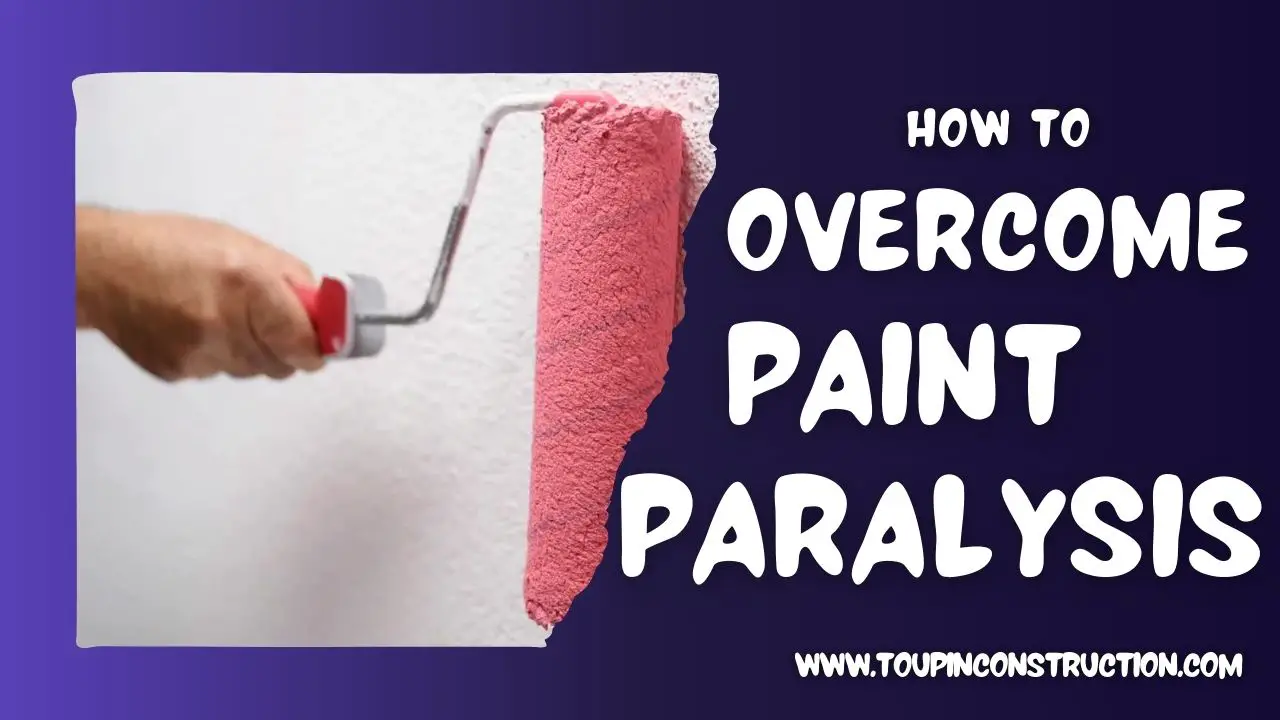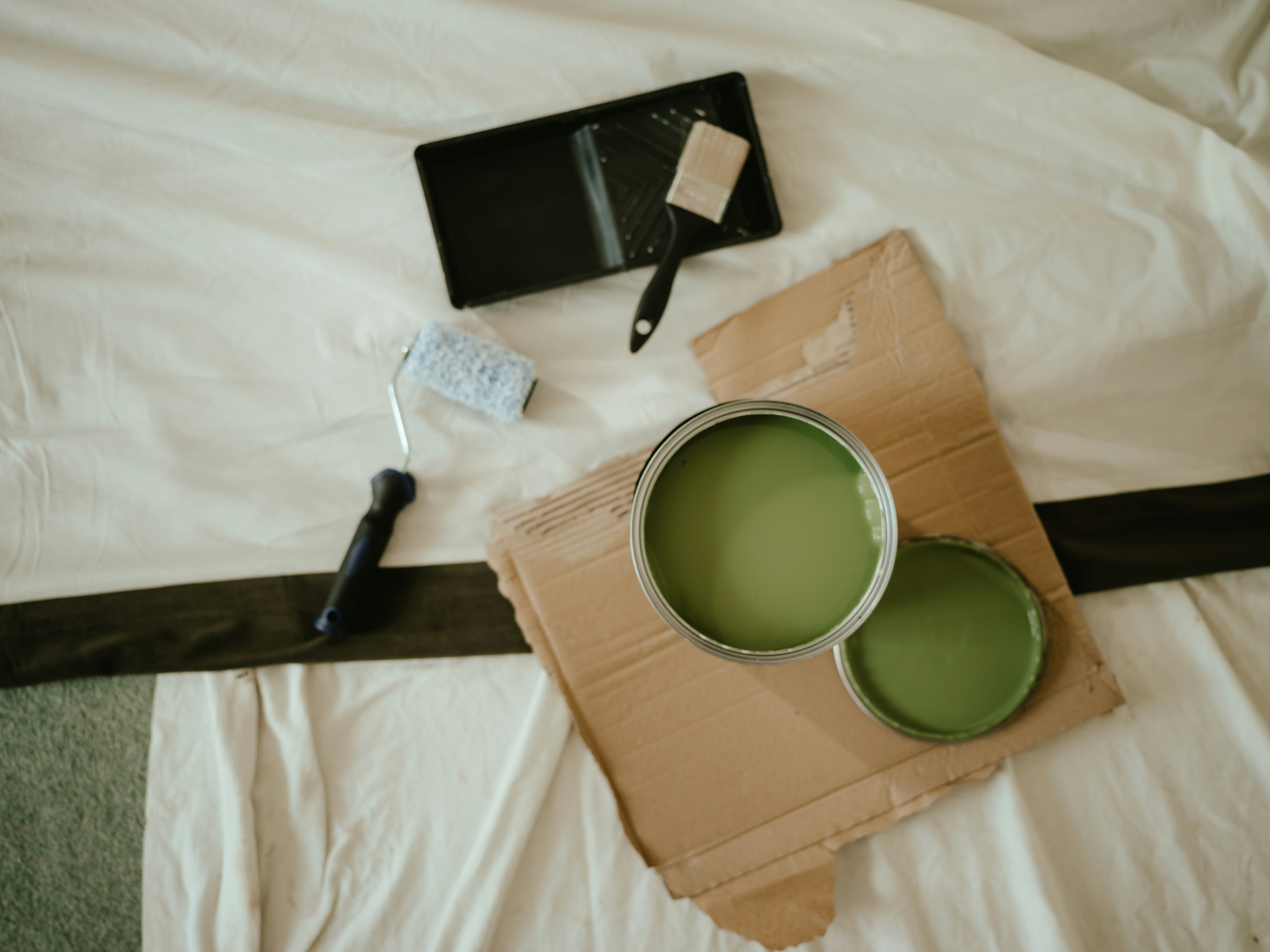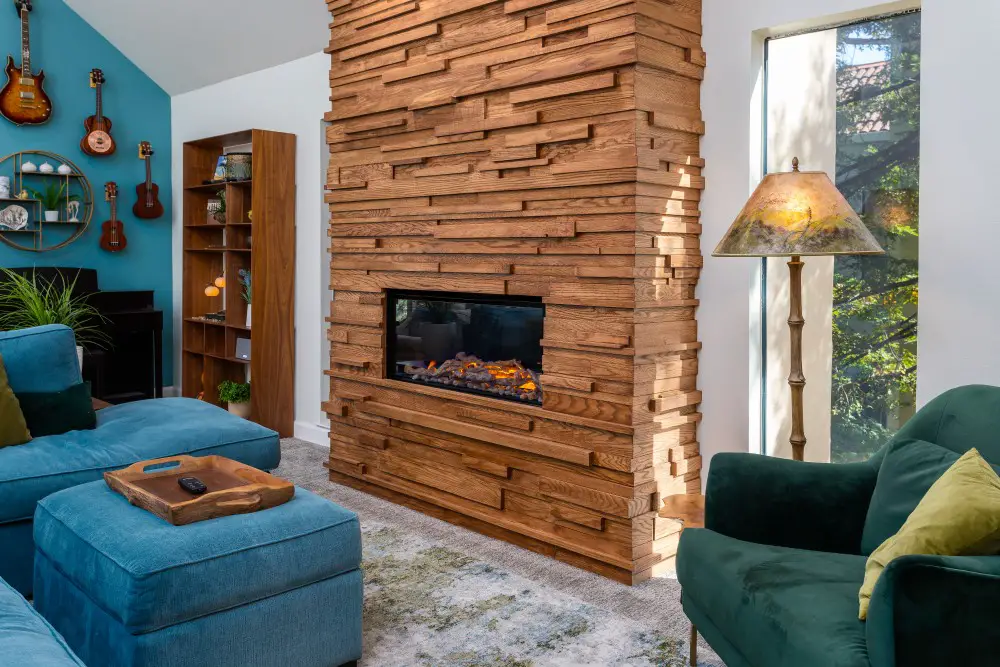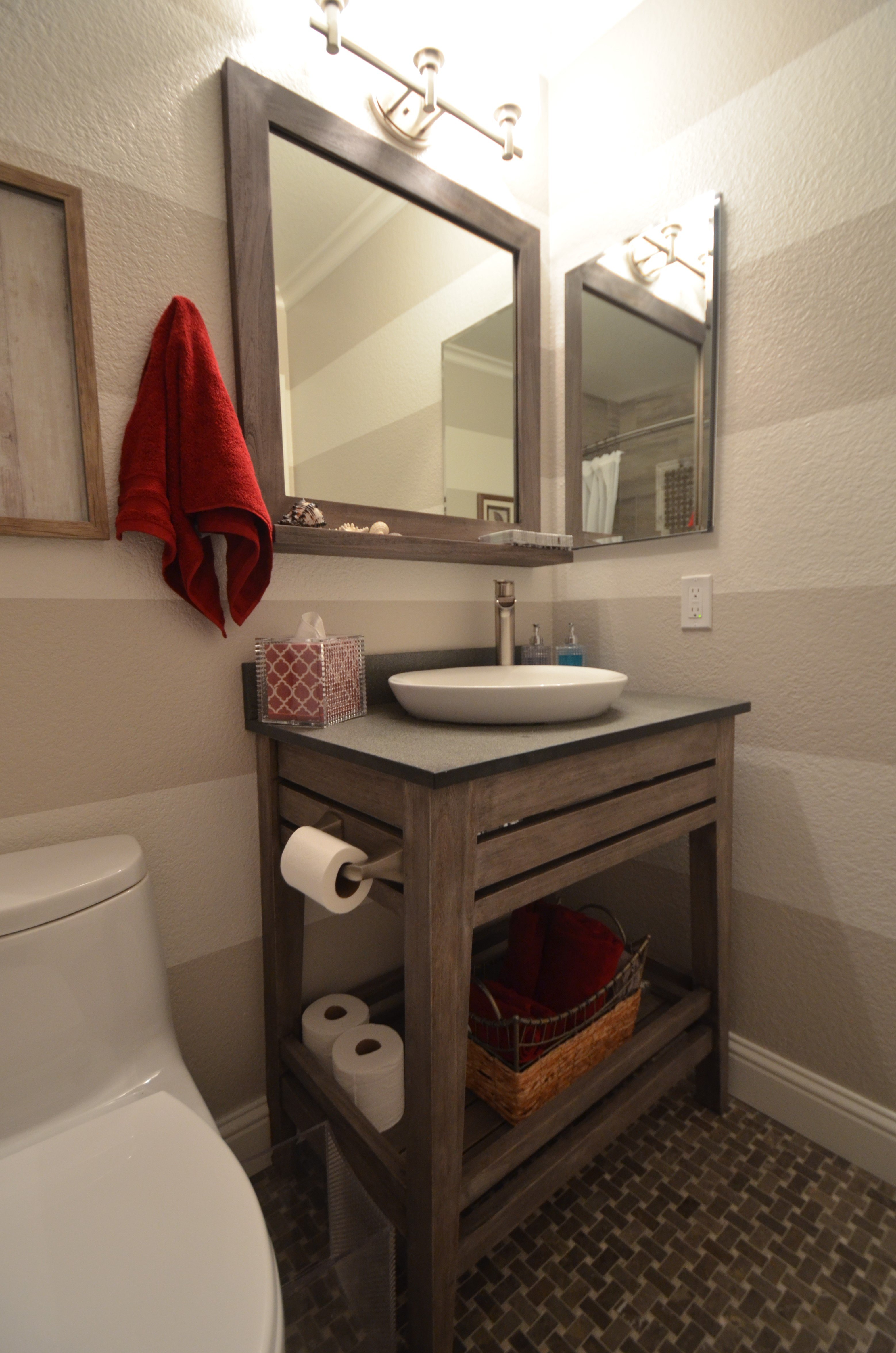By using our website, you agree to the use of cookies as described in our Cookie Policy
The Boss’s Daughter
How to Overcome Paint Paralysis

How to Overcome Paint Paralysis
Key Takeaways
-
Don’t choose your paint color first — match it to your existing furniture, flooring, and art.
-
Define how you want the space to feel before you choose a hue.
-
Paint large samples (2x2 feet) next to lighter and darker tones for comparison.
-
Live with your samples for a few days to see them in morning, afternoon, and evening light.
-
Avoid picking a color by name alone (trust me, “Viking Diva” was not the move).

Have you or someone you love fallen victim to paint paralysis? You’re not alone — and you’re definitely not the last. Choosing a paint color can feel way more stressful than it should. The fear of picking the wrong shade can freeze even the most confident homeowners.
Two classic symptoms:
-
You second-guess every swatch.
-
You keep saying, “We’ll decide later.”
Let’s fix that. After years of working on remodels across the East Bay (and learning from a few hilarious paint disasters of my own), I’ve put together a guide to help you choose paint colors with confidence — and maybe even enjoy the process.
My First Paint Disaster
When I was fourteen, I finally got to pick my own bedroom color. And of course, I didn’t need advice from my parents. My dad, the owner of Toupin Construction, might have built hundreds of homes — but I was the expert.
Flipping through swatches, I saw it: “Viking Diva.”
One, Vikings are awesome. Two, I was definitely a diva. Decision made.
My dad gently suggested maybe something lighter… more subtle… but no. I was set.
He painted my room. It was awful. I spent four years in that dark, moody cave regretting my decision — but refusing to admit it.
So learn from me: don’t pick paint based on the name. Pick based on how it feels in your home.
Tips for Choosing the Right Paint Color
1. Start With What’s Staying
Before touching a paint deck, look around your space.
What’s staying — your floors, your sofa, your countertops, your art?
Your wall color should complement those elements, not compete with them.
You can also check out The Toupin Color Game Plan for a deeper dive into how pros build a palette from fixed features.
2. Choose the Mood You Want
Color sets tone.
-
Blues calm.
-
Greens ground.
-
Yellows energize.
-
Grays and taupes keep things timeless.
Think about the feeling you want to create in each room — cozy, clean, creative, or calm. That emotional connection should guide your choice.
For real-world examples, browse our Residential Painting Guide — it covers mood, finishes, and prep.
3. Go Big With Samples
Those tiny chips lie.
Paint large swatches — at least 2x2 feet — and place them near key items like cabinets, trim, and flooring.
Always test a lighter and darker version of your top pick.
This helps you see undertones — the sneaky part that turns your “perfect greige” into baby blue under daylight.
4. Live With It for a Few Days
Paint looks different at every hour. Check your samples in:
-
Morning light (cool and crisp)
-
Afternoon light (warm and golden)
-
Evening light (lamps and shadows)
By day three, you’ll know what feels right.
How to Choose Paint, Step-by-Step
-
List what stays in the room.
-
Define your desired mood.
-
Pick three candidate colors.
-
Paint 2x2 foot samples of each.
-
Compare them next to a lighter and darker shade.
-
Live with them for 2–3 days.
-
Make your choice and commit.
Need more prep inspiration? See Painting & Color: Smart Prep for Pro-Level Results.
Mistake to Avoid: Picking by Name
Names are fun. They’re also misleading. “Gray Whisper” might look like lavender in your house. “Soft Sand” might dry bright yellow.
Always test the actual color on your walls before buying gallons.
Real-Life Example
A recent Toupin client in Rossmoor loved a cool gray-green against oak floors and black hardware. On-site, we tested three versions: one looked blue in morning light, another too beige under warm bulbs. The winner? A warmer mid-tone that balanced both.
Quick Checklist
✅ Don’t pick paint first
✅ Match color to furniture and flooring
✅ Define how you want to feel
✅ Paint big samples (2x2 feet)
✅ Check samples in natural and artificial light
✅ Wait 2–3 days before deciding
FAQ
Q: What should I do before picking a paint color?
A: Start with what stays in the room — your furniture, flooring, or artwork — and choose a color that complements those features.
Q: How big should my paint samples be?
A: Go at least 2x2 feet. Add lighter and darker samples beside it to see subtle tone shifts.
Q: How long should I test a paint color?
A: Live with samples for 2–3 days, observing them in morning, afternoon, and evening light.
Q: How can I reduce the fear of choosing wrong?
A: Use side-by-side samples, check lighting, and base your choice on how the space feels, not just how the swatch looks.
Q: What if my favorite color clashes with the room?
A: Adjust the tone lighter or darker, or shift undertones to find a balance with your existing finishes.
‹ Back




Comments